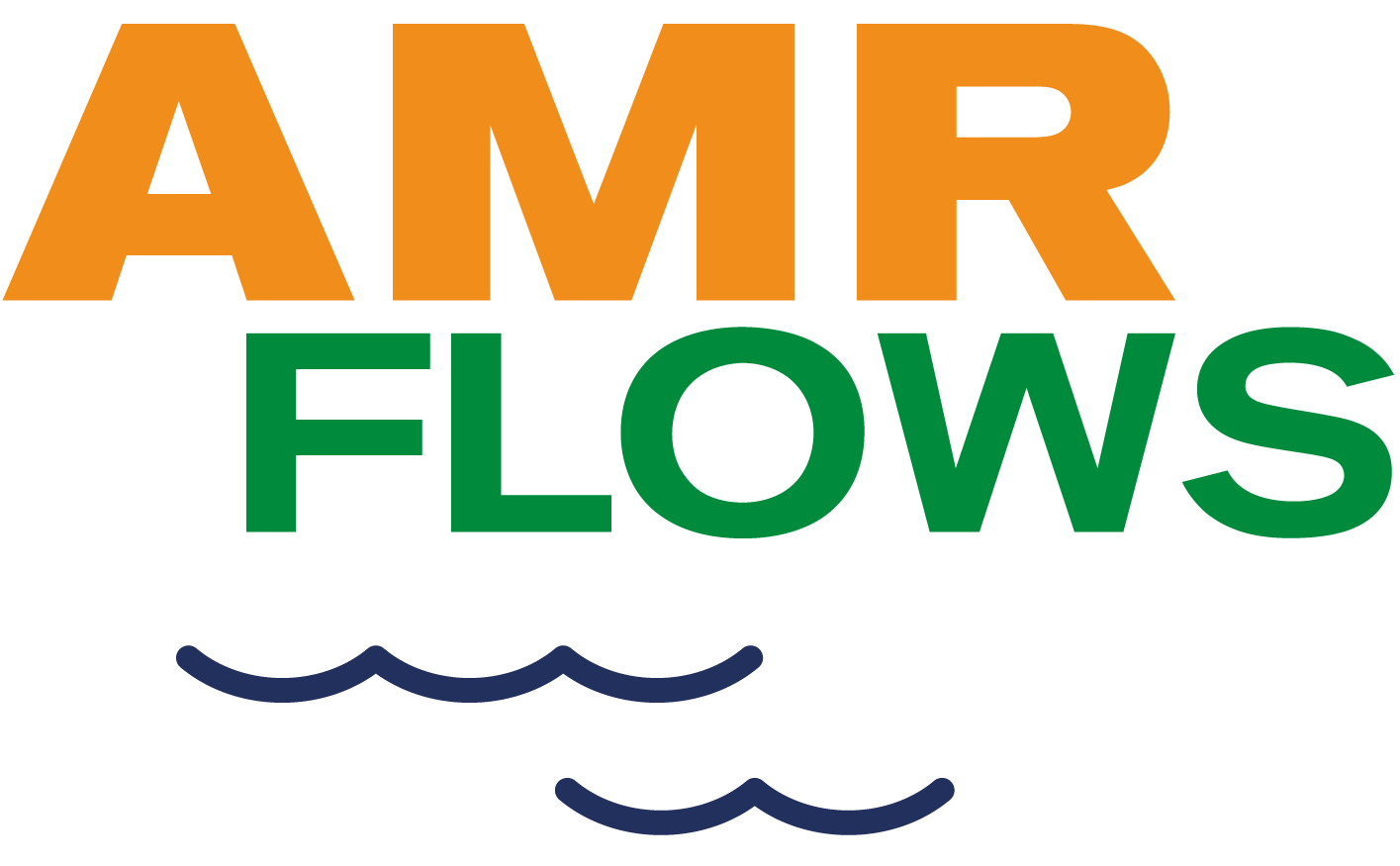Our team will be presenting 3 posters at EDAR 6 – the 6th International Symposium on the Environmental Dimension of Antibiotic Resistance.
EDAR6 will be from 22-27 September 2022 in Gothenburg, Sweden
https://www.gu.se/en/care/edar6-gothenburg-2022
One poster describes the concepts and workflow behind our AMRflows project and will be presented by Sasikaladevi Rathinavelu, here the pdf:
The second poster will be presenting the EMBRACE-WATERS reporting standards that a team of experts led by our collaborator Mical Paul in Haifa, Israel have published:
Hassoun-Kheir N, Stabholz Y, Kreft J-U, de la Cruz R, Dechesne A, Smets BF, Romalde JL, Lema A, Balboa S, García-Riestra C, Torres-Sangiao E, Neuberger A, Graham D, Quintela-Baluja M, Stekel DJ, Graham J, Pruden A, Nesme J, Sørensen SJ, Hough R, Paul M (2021). EMBRACE-WATERS statement: Recommendations for reporting of studies on antimicrobial resistance in wastewater and related aquatic environments. One Health 13: 100339 https://doi.org/10.1016/j.onehlt.2021.100339
This poster will be presented by AMRFlows team member Cansu Uluseker, here the pdf:
The third poster reports on work at a Dairy farm near Nottingham, UK, by a large team in the EVAL-FARMS project led by Dov Stekel, which has just been published
Baker M, Williams AD, Hooton SPT, Helliwell R, King E, Dodsworth T, Baena-Nogueras RM, Warry A, Ortori CA, Todman H, Gray-Hammerton CJ, Pritchard ACW, Iles E, Cook R, Emes RD, Jones MA, Kypraios T, West H, Barrett DA, Ramsden SJ, Gomes RL, Hudson C, Millard AD, Raman S, Morris C, Dodd CER, Kreft J-U, Hobman JL, Stekel DJ (2022). Antimicrobial resistance in dairy slurry tanks: a critical point for measurement and control. Environment International 169: 107516 https://doi.org/10.1016/j.envint.2022.107516
This will be presented by Jan Kreft, here the pdf:
